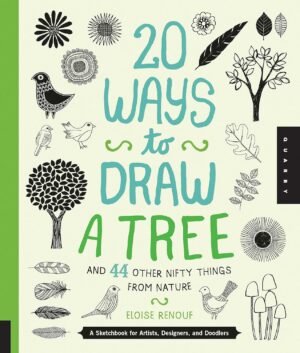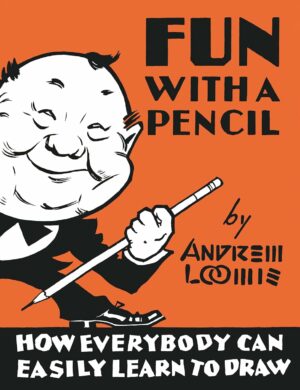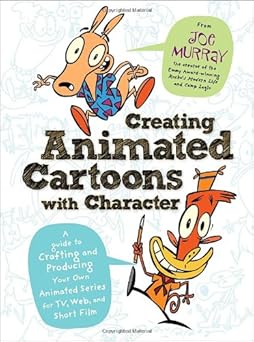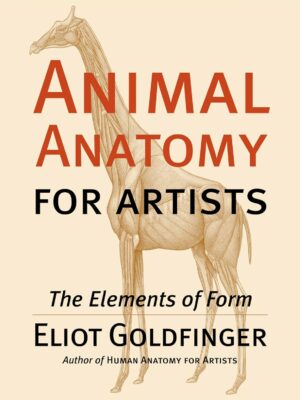The free CD-ROM includes more than 30 animations illustrating the techniques described throughout the book as well as examples of a professional Production Schedule, Budget and Production Chart – everything you need to get started!
With a Foreword by Peter Lord, Creative Director and Co-Owner of Aardman Animations and an Introduction by Mike Milne, Director of the award-winning animation house Computer Animation, Framestore CFC.
Read more









Amazon Customer –
I have never been so disappointed to buy secondhand.
CD is scratched. Books are old.
Not worth buying!
DUCHESNES –
Ce livre est excellent ! Pour qui veut progresser en animation, ce livre est tout simplement exaltant !.. à recommander, livre très bien fait, il réjouira tous ceux qui veulent apprendre !.. je viens de le recevoir et déjà je sais que j’ai fait un bon achat !.. réjouissant !
john carpenter –
Hi I have bought a copy of Animation the mechanics of motion.
And the CD doesn’t work how can I get it to work?
Thank you
Alice Blue Chgo –
Great for beginners and advanced because Webster focuses on motion and how it works when drawing animation. His sketches are clear and easy to try to draw, as a beginner.
Webster’s focus on the physics of motion and how it works when drawing is a good prelude to the latter chapters in which he shows the painstaking process of creating an animated film. If a novice begins at the beginning, rather than jumping into digital animation, the foundation will be very strong.
The many examples of “squash and stretch” in people, objects, and animals, help understand that the principles apply in so many situations. The disc accompanying the book is helpful as well.
A criticism of Focal Press, the publisher: the paper is so heavy and slippery that it is awkward to use. I want to open a double-page spread while I am learning to draw. The pages don’t allow me to do this.
Nadia –
It provides a detailed analysis for those who want to get their feel wet and eventually drown in the art of animation
Eric Hamrin –
Good-ish for the beginning animator. It’s also nice to be reminded of the fundamentals in animation every now and again.
Paul McClafferty –
Great info.
Jose Parrot –
This is a good book for drawers. It is a book devoted to people with good drawing skills who want to learn 2D animation, in the “old” style, that is, by drawing with pencil. The book is focused on hand drawing, not directed to computer animation with 2D or 3D tools, although its teaching is applicable for any process.
“Animation” is clearly writen by an animator to beginers animators. The book is a well organized mini course on animation. The final art is superb, the sketches are very good. The author is also a good teacher. Most of the Principles of Animation are covered, and it has the right tutorials on momentum, acceleration, walking and run cycles. It has a chapter with great directions on production, work organization, scheduling, budgeting, which are aspects sometimes neglected but of importance for a successful work.
Jose Navas –
Without any formal knowledge about animation, this book opened my eyes to see, that is more involved in animation, that what you can think. Showing me how the laws of motion affect the objects and live forms, the inertia, momentum, and so. Maybe sounds a bit of Physics and complicated stuff like that, but the author is a great teacher showing you how the things work, and using a lot of drawings, the concepts get comprehensive.
Finally the book teach you the most important principles of animation, regarding of the medium you are more familiar with, maybe traditional 2D animations, 3D and computer animation, etc. All the teachings that this book provides are applicable.
Albert B. Crochet –
Over the years I have read and browsed many books on animation. Not only does this book cover the basics it explains them. The figures are easy to follow and convey complex concepts well. A lot of other animation books will cover a basic walk cycle from just the side view. Webster’s book covers it from the side and front. I have had this book for a year and it has not made it to my bookshelf yet. I use it constantly for reference.
Amazon Customer –
Ideally “Mechanics of Motion” would be a successor to Animator’s Survival Kit, building on basic animation principles while going in-depth and breaking down different forms of movement. And while this book covers a lot of ground, it could’ve gone a lot farther.
The animation process has been broken down into so many steps over the years it’d take tons of pages to cover them all. “Mechanics of Motion” feels compelled to mention things like storyboard, layout, character design etc… when it should just focus its pages on movement and leave the other aspects to books like Prepare to Board! Creating Story and Characters for Animation Features and Shorts that are dedicated to the subject.
Another good but could be better area is the animal motion chapter. This book covers the subject far better than most, (Even Animator’s Survival Kit barely covers such a complex subject) but it only focuses on horses and birds. This is where the pages on layouts and bar sheets should’ve been used.
The best part of this book is the first part of the “technical” chapter at the end. It covers exposure sheets (aka X-sheets or dope sheets) and things like holds and staggers, types of animation movement that are more about timing than the drawings. It’s mastering movement through both timing & drawing that makes for the best animation.
All in all, there’s plenty to learn from “Mechanics of Motion” but it still could have done more.
J. Ladds –
My son is in college, majoring in film/animation and asked for this book for Christmas. He said it’s really informative and an all-around great book. Very helpful and very relevant to what he’s doing. Based on his glowing review, I would definitely recommend this to anyone who is starting out in this field.